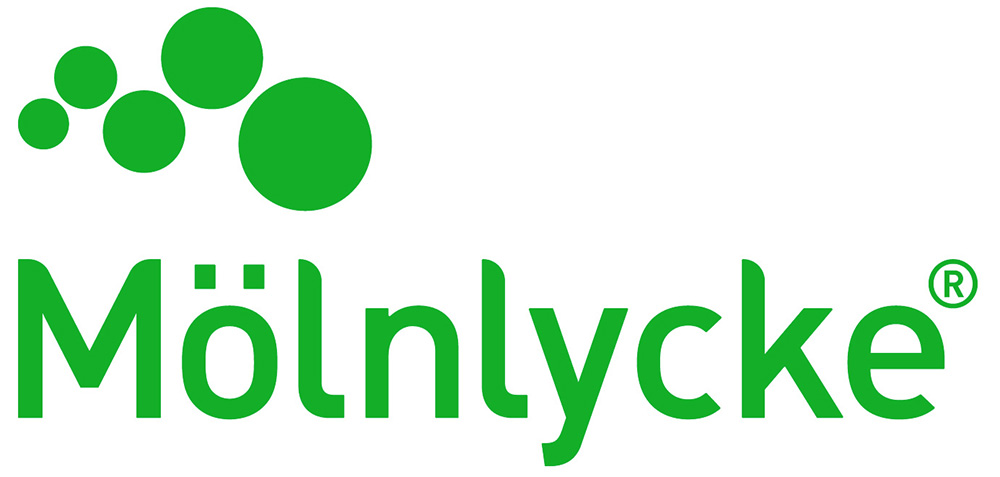Skin care challenges for the 21st century
We have lots of resources, free for everyone to browse and read and share. These resources are suitable for a range of skin and wound care disciplines, roles, and educational purposes.
Over the last 30 years tissue viability has developed as a clinical speciality in its own right that shares an interest in managing patients with compromised skin integrity with the more established specialism of dermatology. In many instances though, these related areas of expertise have developed separately and have not fully benefitted from collaborative practice. All too often patients who could benefit from a joint approach to care lose out on expertise because of the constraints of professional boundaries and a lack of understanding of the potential for benefit to clinical care that ‘joined up’ working can afford1
In recent years, there has been an increasing emphasis on mutli-professional working and national initiatives to encourage integration of wound and dermatology services2. The more effective use of practitioner’s specialist skills and provision of care closer to home are also political drivers that should facilitate improved collaboration.
This session will present the case for fostering better partnerships between the specialities of wound management and dermatology and highlight the need to share best practice to ensure patients receive appropriate and timely care across primary and secondary settings. The presentation will include reference to improving care and also developing links for education and training of health care professionals.
References
1. Schofield JK, Fleming D, Grindlay D, Williams H. Skin conditions are the commonest new reason people present to general practitioners in England and Wales. Br J Dermatol. 2011; 165 (5): 1044– 50.
2. Le Roux E, Edwards PJ, Sanderson E, Barnes RK, Ridd MJ. The content and conduct of GP consultations for dermatology problems: a cross-sectional study. Br J Gen Pract. 2020; 70(699): e723– e730.














